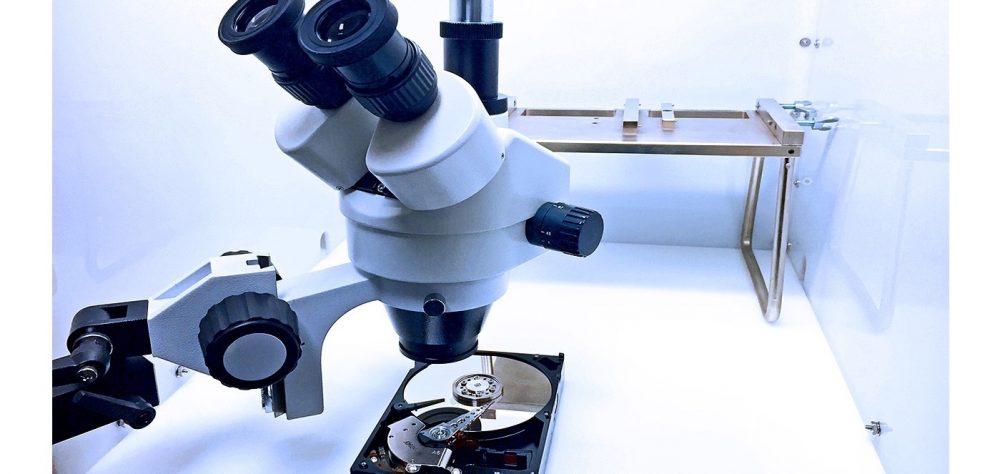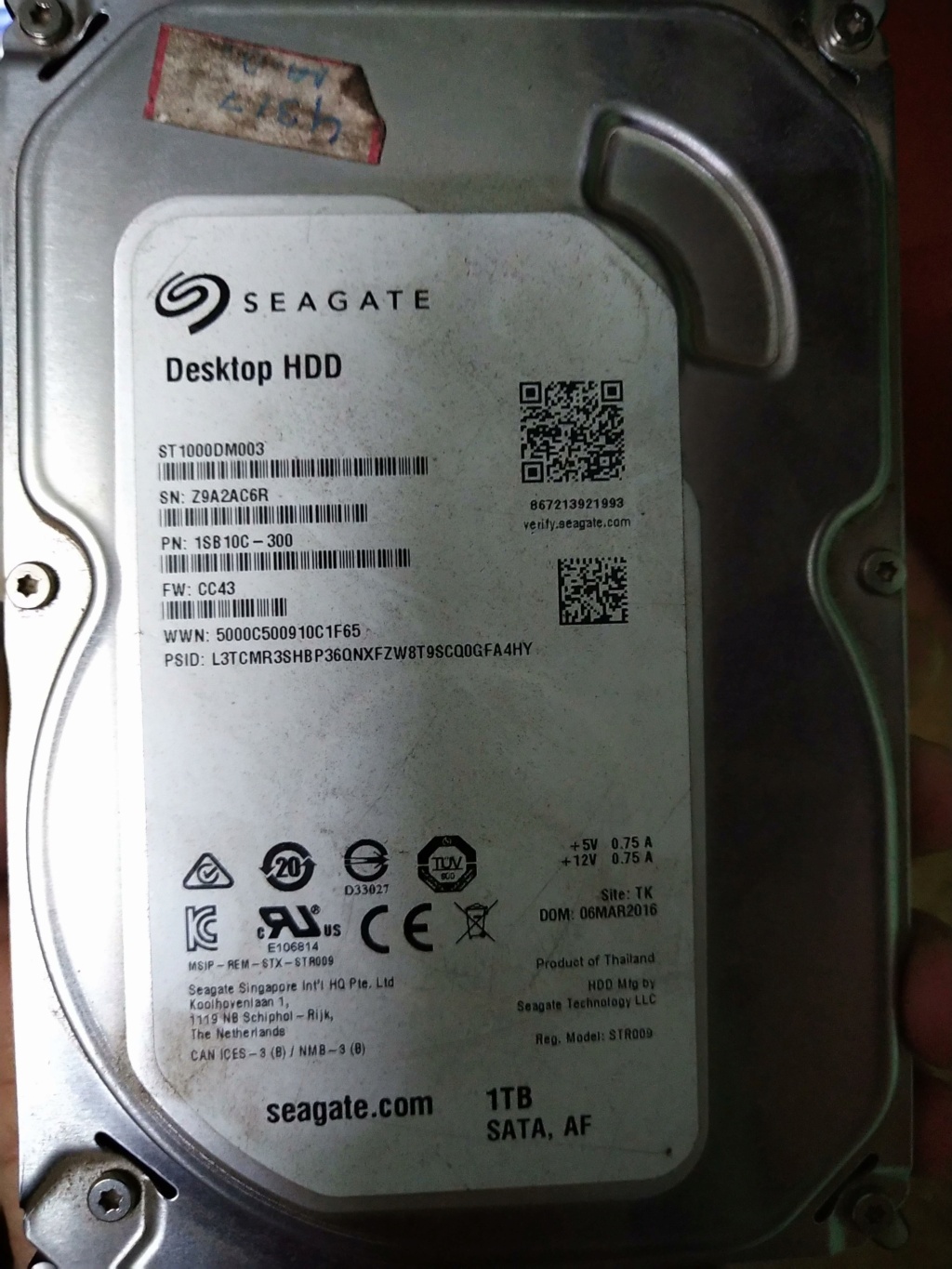Hey everyone.
Recently my Seagate 1 TB desktop HDD completely stopped working. It wont show in BIOS and no question of appearing in Desktop. I am so disappointed.
Mainly because I had lots of important files, pictures and projects stored in it.
My question is what do I do to recover files from that hard disk?
Recently my Seagate 1 TB desktop HDD completely stopped working. It wont show in BIOS and no question of appearing in Desktop. I am so disappointed.
Mainly because I had lots of important files, pictures and projects stored in it.
My question is what do I do to recover files from that hard disk?




